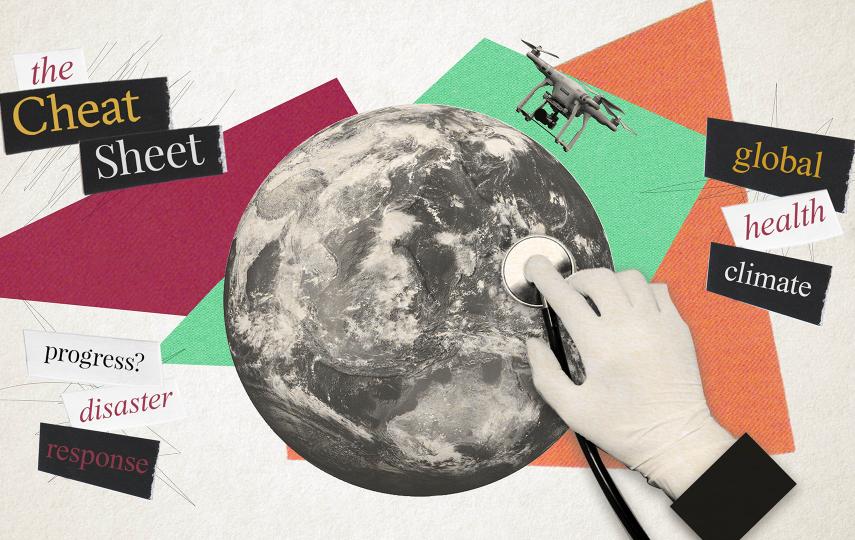Sri Lanka is curbing poultry imports and stepping up surveillance of migratory birds in a bid to avert an outbreak of avian influenza (bird flu) which has flared up in neighbouring countries.
Trained veterinary teams are collecting the saliva and droppings of migratory birds; and customs officials are especially watchful of poultry imports and travellers with respiratory illnesses entering the country, according to Health Ministry officials.
“Sri Lanka has already taken several precautionary measures against avian influenza,” said Pabha Palihawardena of the Health Ministry’s Epidemiological Unit. “We now have a regular routine for surveillance. This includes sending out alerts to hospitals when avian influenza is reported in nearby countries and sending monitoring teams to sanctuaries where the migratory birds flock.”
The government re-imposed a ban on the import of live chicks from India earlier this month shortly after the virus was detected in the northeastern regions of the sub-continent earlier this month. The day-old chicks are used as parent stock in commercial poultry farms which now rely on supplies from the Netherlands and France.
The northeastern Indian state of West Bengal has culled thousands of chickens, mostly on small domestic farms, in recent weeks to stop the spread of the virus. However, so far, there have been no reports of the virus having been transmitted to humans in those areas.
The flocks of wild waterfowl that come annually from temperate countries to the island’s tropical wetlands are considered one of the likely sources of transmission of the virus. The visiting birds are here between September and April.
Palihawardena said 20 hospitals had been earmarked for handling patients who contract avian influenza. Special training has been given to staff, and drugs to fight the infection are available in these institutions, she said.
Surveillance problems in northeast
Despite extensive preparedness to confront the disease, there is concern that insufficient surveillance and prevention measures are being carried out in the northern and eastern parts of the country: “Because of the conflict, travelling to the affected areas is not easy and so monitoring is difficult,” said Palihawardena.
Heavy fighting there between the government’s security forces and the separatist Tamil Tiger rebels is preventing access to large areas. The fear is that an outbreak of the H5N1 virus could go undetected in those areas.
If northern residents flee the violence and travel to India in unauthorised boats and return, there is the possibility they may bring in infected poultry undetected.
Preparedness
 Photo: Shantha Kumara/IRIN  |
| Traders at the Nugegoda market in Sri Lanka say that poultry consumption has not been greatly affected by fears of avian influenza, which has yet to be detected in the island |
“At the moment, Sri Lanka is well prepared to handle avian influenza if it emerges here,” said D. D. Wanasinghe, chairman of the All Island Poultry Association. “What we want to be able to do is to contain it in small areas because it would be disastrous if the virus were to hit farms in a small country like ours. Entire flocks would be wiped out in days.”
The UN Food and Agriculture Organisation (FAO) has just completed a US$400,000 programme to strengthen the capacity of animal health personnel who were trained in detection and culling methods, and to upgrade testing and diagnostic facilities in government laboratories.
FAO is set to implement the second phase of the avian flu prevention programme with a further US$500,000. The aim will be to educate small farmers in areas considered most vulnerable to the disease and raise awareness of managing an outbreak of the disease.
cj/bj/cb
This article was produced by IRIN News while it was part of the United Nations Office for the Coordination of Humanitarian Affairs. Please send queries on copyright or liability to the UN. For more information: https://shop.un.org/rights-permissions





